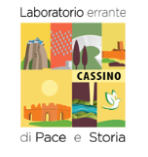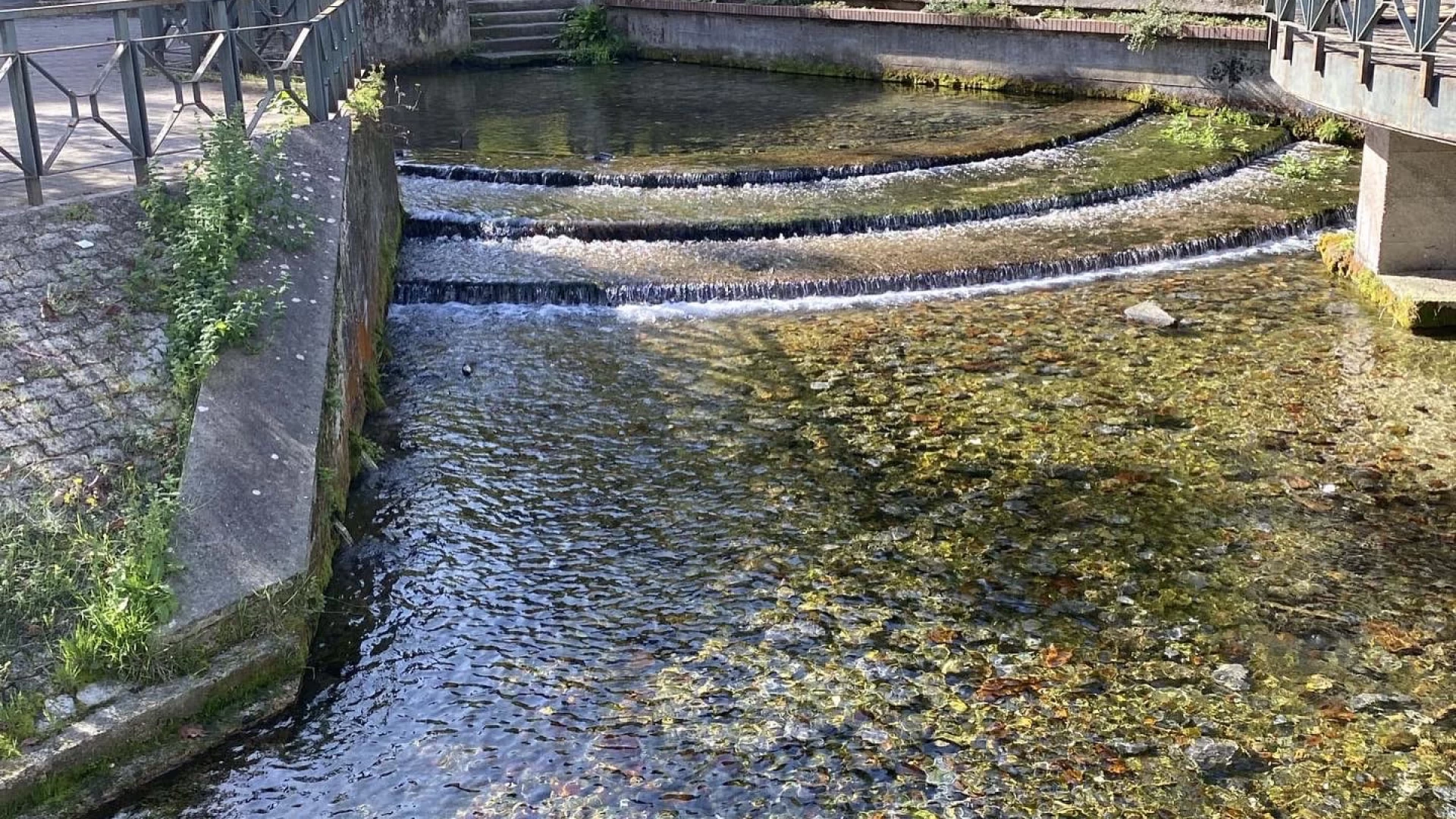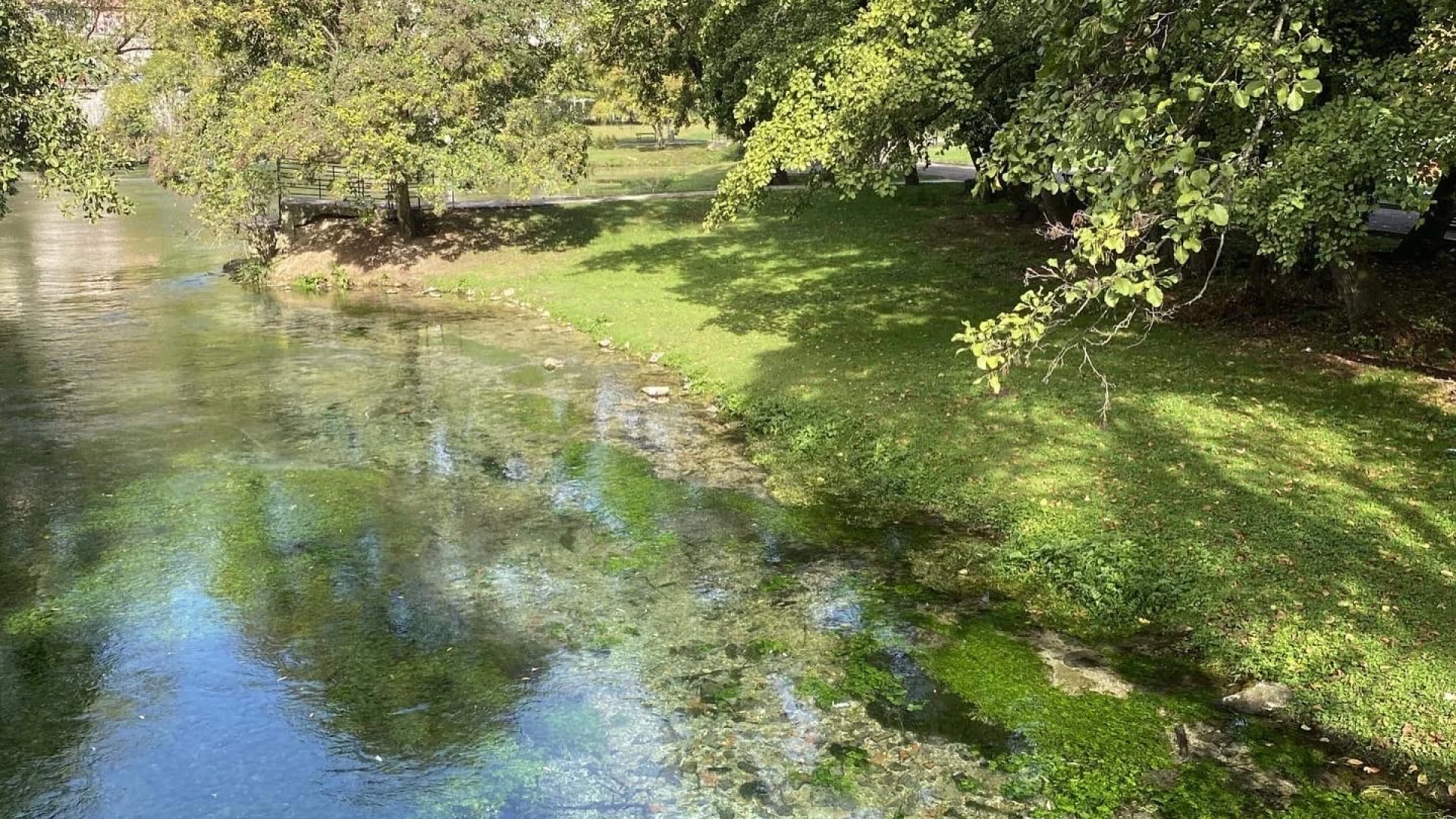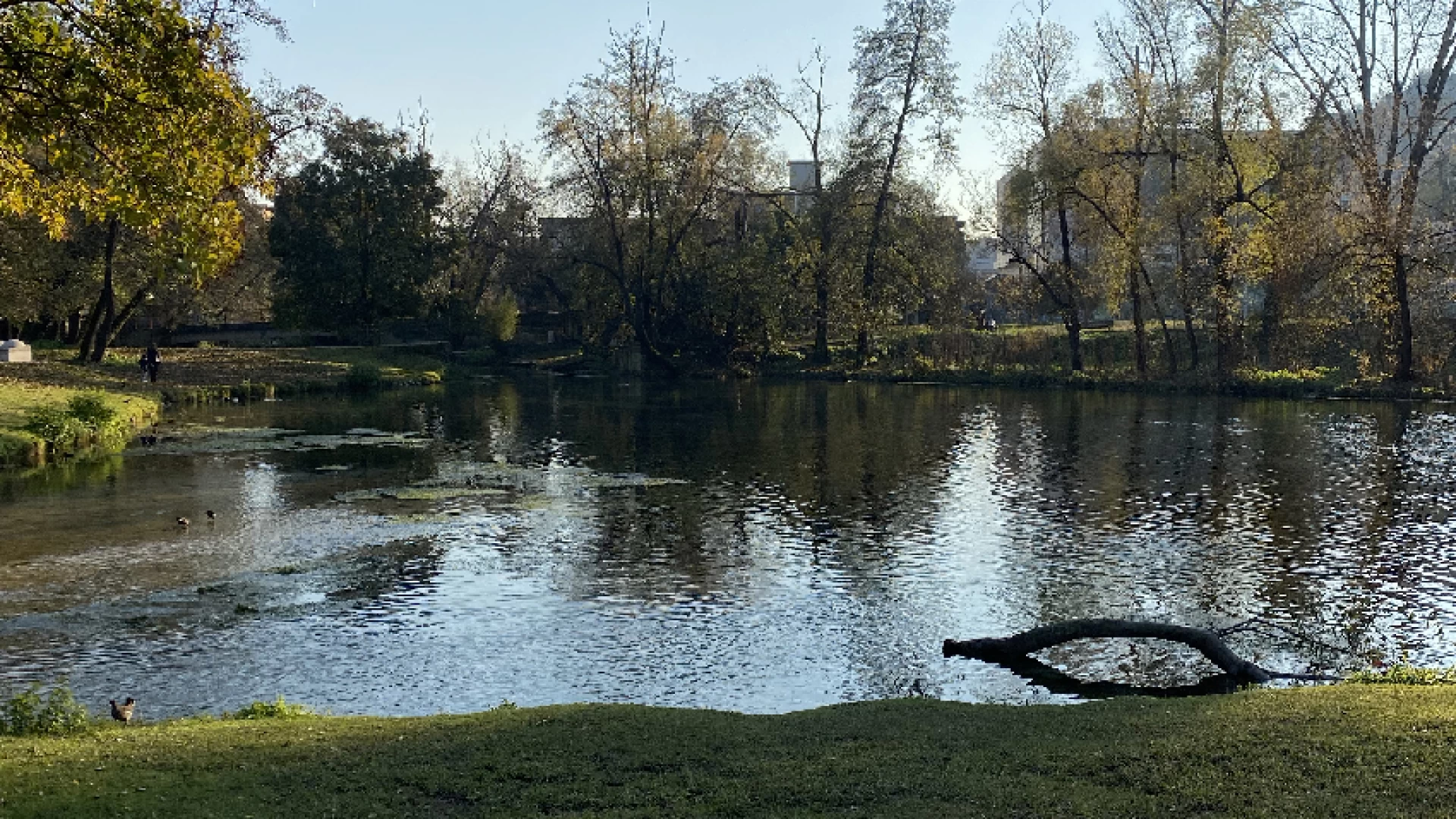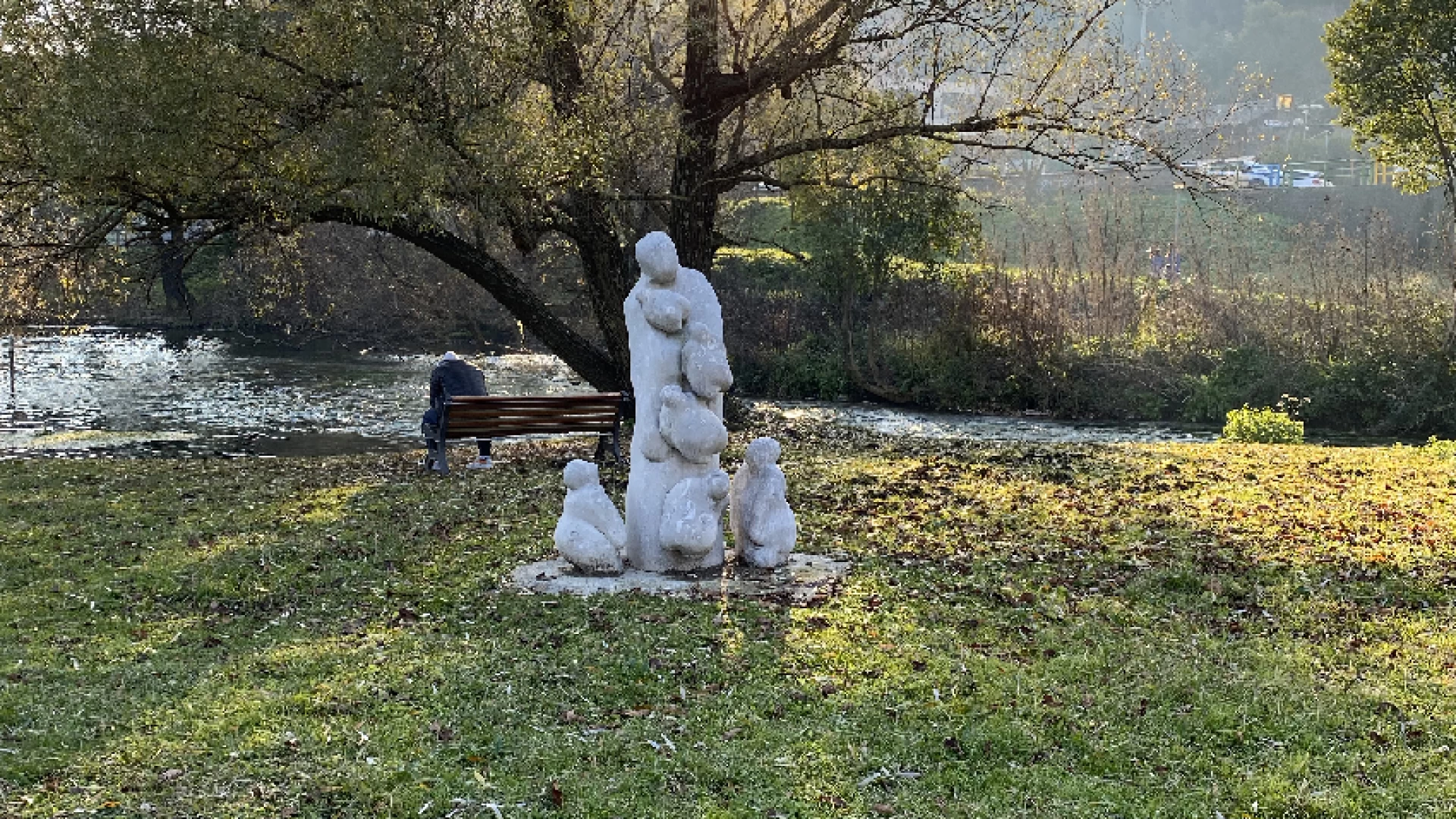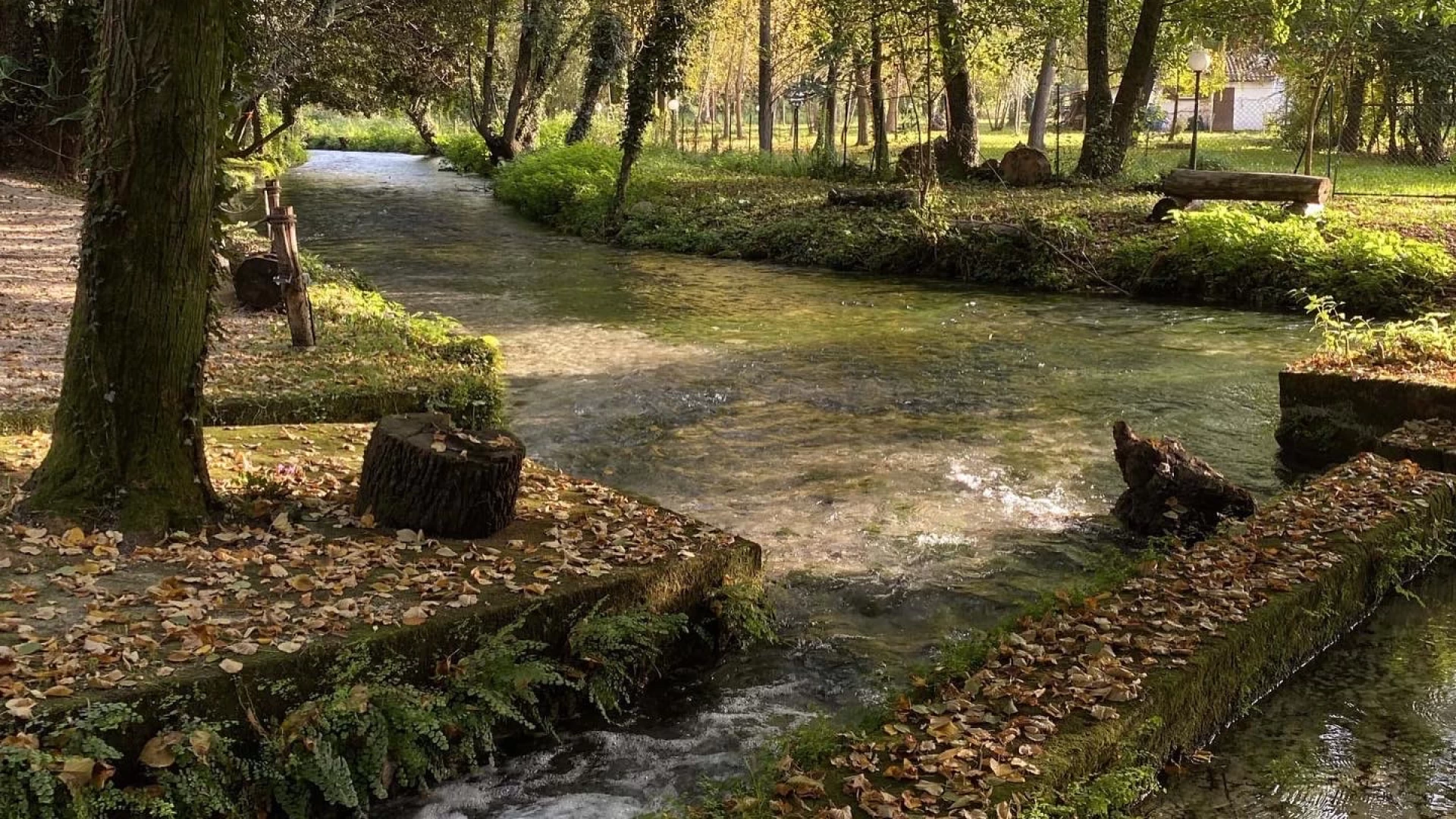"Cassino stands on an underground lake, so that wherever the ground is pierced, very clear water is obtained from the subsoil', wrote Dr Oreste del Foco in 1902. There are more than forty springs in the city and its suburbs. The waters that rise in the town of Cassino give rise to the river Gari. One of the springs is located next to the Mother Church.
In pre-Roman times, this place was dedicated to Deluentinus, a deity linked to the cult of water and the genius loci of Casinum, mentioned by the Latin author Tertullian.
Until the first century AD. Casinum, the Roman town, had problems with the water supply, because it was located in the present-day archaeological park and the water did not arrive there. With imperial funding, a 22 km long aqueduct was built, bringing water from Sant'Elia to the Roman Theatre. One of the testimonies of the aqueduct, the epigraph, in the Piazza del Tribunale, in which the Praefectus Fabrum Marcus Obultronius Cultellus thanks the Emperor Tiberius Claudius.
The Villa Comunale of Cassino, or 15th March 1944 Park, is situated around the two branches of the Gari River, whose springs are located on the slopes of Montecassino and Rocca Janula.
The Varroniane Thermal Baths, characterised by bicarbonate-alkaline springs, owe their name to the discovery of a thermal building identified as part of the villa that the Latin writer Marcus Terentius Varro owned on the Cassino plain.
